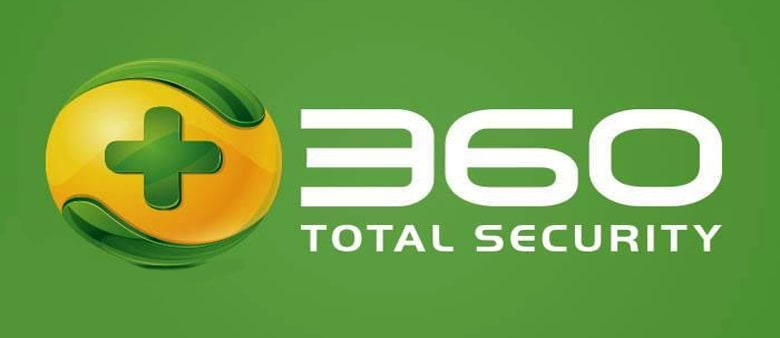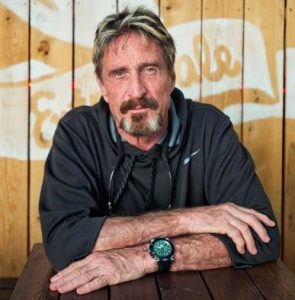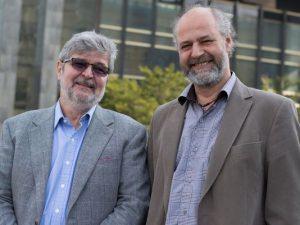Qihoo 360 – Story Of The Biggest Cybersecurity Company In China.
The Chinese internet security company, Qihoo 360 was born in 2005 in London. The headquarters of the company is based in Beijing, China, and its products and services are used all over the world. Zhou Hongyi is the co-founder and the current CEO and Chairman of the company. He co-founded the company with Qi Xiangdong who is the present director of Qihoo 360. The company is famous for its antivirus software, 360 Safeguard, and its web browser, 360 Secure Browser. This antivirus software is available for both PCs and mobile phones. Qihoo 360 is a privately held company and it has more than 4,000 employees.
About Qihoo 360
Qihoo 360 is the largest provider of cybersecurity and mobile security software in China. The company is known for its widely used products like 360 Total Security, 360 Mobile Security, enterprise security browsers, etc. The company also works closely with the government for national security products. The company has crossed more than 500 million daily active users for its software products. Apart from the software products, the company provides services like security consulting, security maintenance, security training, etc. Qihoo 360 has more than 10,000 patents for its original and core technology.

Early History Of Qihoo 360
Back in 2005, when the company was founded, it was mainly known for its anti-virus software product. After operating for six years as a private company, it decided to file its IPO in 2011. When the company filed its IPO it raised $175 million and it marked a date in history for being the largest IPO of a Chinese company in the US. So, in March 2011, Qihoo 360 got listed on the New York Stock Exchange as QIHU.
After Qihoo 360 started operating as a public company, it eventually expanded its business and entered the smartphone market in 2012. In a joint venture with Haier, a Chinese electronics company, it released a new product line Battleship (phone). On the first day of releasing the new phone, the company received over 200,000 pre-orders.
Later in 2012, the company released a search engine so.com and it became a competitor of Baidu, China’s one of the most prominent search engines. With this new search engine, China captured around 10% of the total search engine market. In 2013, the company released another search engine called leidian.com to strengthen its presence in the mobile market. As the sales started increasing, Qihoo decided to set up a venture capital fund in Silicon Valley in 2014.
Privatization Of The Company
In 2015, the company announced that it is being acquired by a group of investors and will enter into a privatization agreement valued at $9.3 billion. For privatization of the company in NYSE, the funding came from mortgaging the building of the company and also a $3 billion loan from China Merchant Bank. Qihoo 360 officially became a private company in July 2016. Getting delisted in the US also became an opportunity for the company to grow in its domestic market and also become a key member of the national security of the nation. After the privatization of the Company, China International Capital Corporation (CICC) estimated that the value of the company will increase six-folds than its US value.
Recent Days
After Qihoo 360 became a private company, it decided to go public in China by means of a reverse merger. Qihoo 360 made the deal of reverse merger with a public company called SJEC Corp. The deal was to make Qihoo the dominant entity while SJEC survives as the subsidiary of the company. The reverse merger was completed in February 2018 which led Zhou Hongyi to hold 12.14& shares of Qihoo 360 and 51.56% shares of the two shareholding firms.
Zhou Hongyi – Founder and CEO
Zhou Hongyi is a famous Chinese entrepreneur and billionaire. Famous for co-founding Qihoo 360, he ranked number 45 on the Forbes China Rich List in 2018. Zhou is one of the first internet entrepreneurs in China who was responsible for changing the internet landscape of the nation.

Annasha Dey is an NIT student, who apart from studying engineering is also a content writer. She has a great interest in photography, writing, reading novels, and travelling as well. She is a foodie who loves socializing and hanging out with her friends. She is also a trained Kathak dancer and a big fashion enthusiast. Dey also loves watching TV series, which includes F.R.I.E.N.D.S. and Big Bang Theory. To be a better writer she prefers to read more






